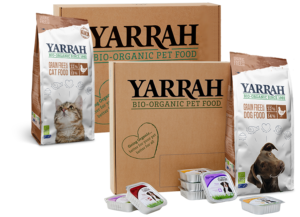Home » Double or Single Wall for Boxes: Making the Right Choice
Double or Single Wall for Boxes: Making the Right Choice
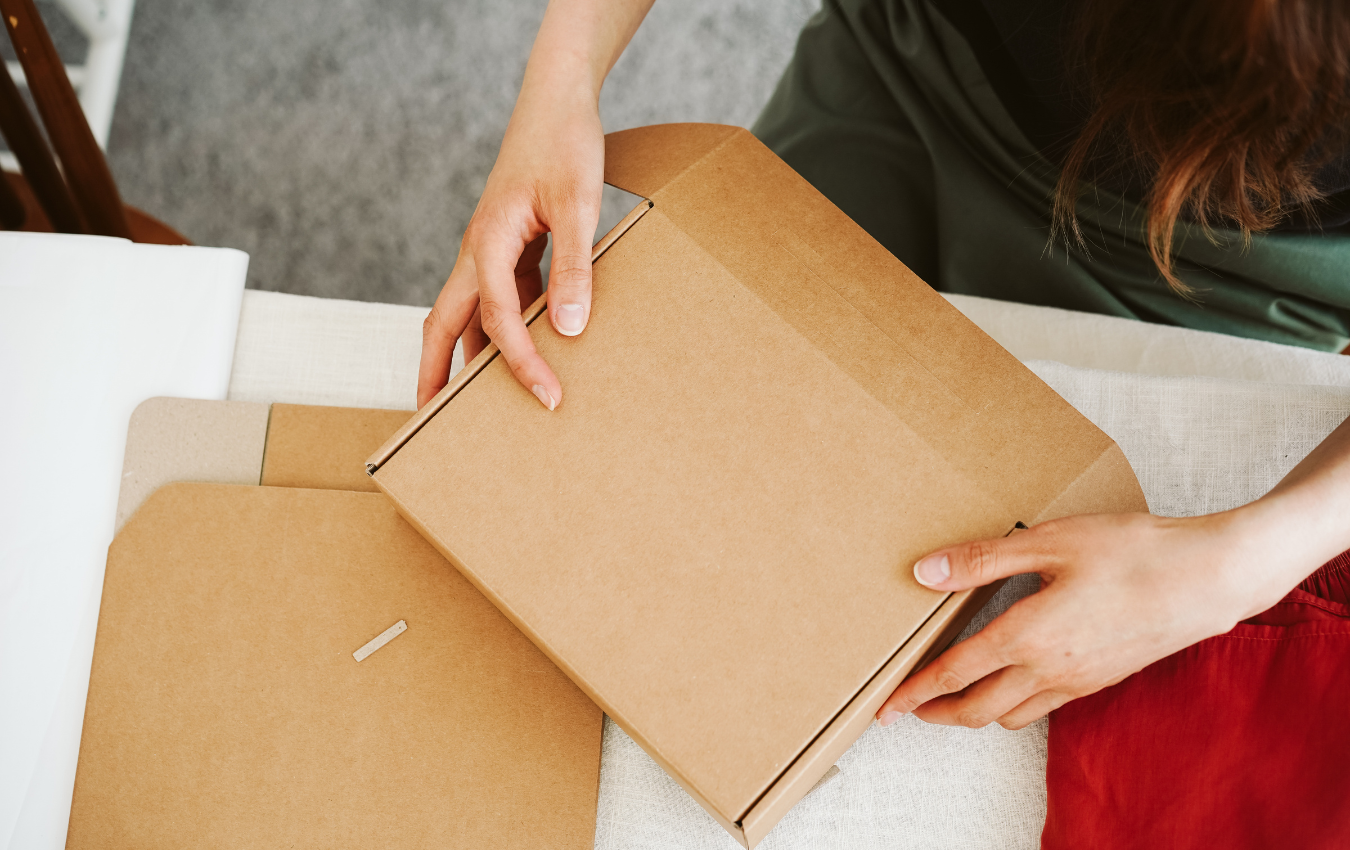
When it comes to choosing the right packaging for your products, you’re often faced with various options. One critical decision in the world of packaging is whether to go with double-wall or single-wall boxes. Each has its own set of advantages and considerations. In this detailed blog, we will explore both options, helping you make an informed choice that suits your specific packaging needs.
Single-Wall Boxes: The Basics
Single-wall boxes are constructed from a single layer of corrugated cardboard. This makes them lightweight and cost-effective. They are an excellent choice for a wide range of products, especially those that don’t require heavy-duty protection during transportation and storage.
Advantages of Single-Wall Boxes
- Cost-Effective: Single-wall boxes are budget-friendly and suitable for businesses looking to reduce packaging costs without compromising quality.
- Lightweight: Their lightweight nature reduces shipping costs and makes handling easier.
- Versatile: Single-wall boxes can be used for a variety of products, such as clothing, cosmetics, and lightweight electronics.
- Easy to Assemble: They are straightforward to assemble, saving time in the packaging process.
Considerations for Single-Wall Boxes
- Limited Protection: They offer limited protection for fragile or heavy items, making them less suitable for products that require enhanced safety during transit.
- Stacking Strength: Single-wall boxes may not withstand heavy stacking loads as well as double-wall boxes.
Double or Wall Boxes: The Essentials
Double-wall boxes are constructed from two layers of corrugated cardboard, offering increased strength and durability. They are designed to provide superior protection for heavier or fragile products.
Advantages of Double-Wall Boxes
- Enhanced Durability: Double-wall boxes offer superior protection, making them ideal for products that require additional safeguarding during shipping.
- Heavy-Duty: They can withstand heavy stacking loads, reducing the risk of damage to the contents.
- Versatility: Double-wall boxes are suitable for a wide range of products, from electronics and appliances to glassware and ceramics.
Considerations for Double-Wall RETT Boxes
- Cost: Double-wall boxes are generally more expensive than single-wall options due to the additional material and strength.
- Weight: They are heavier, which can increase shipping costs and make handling more challenging.
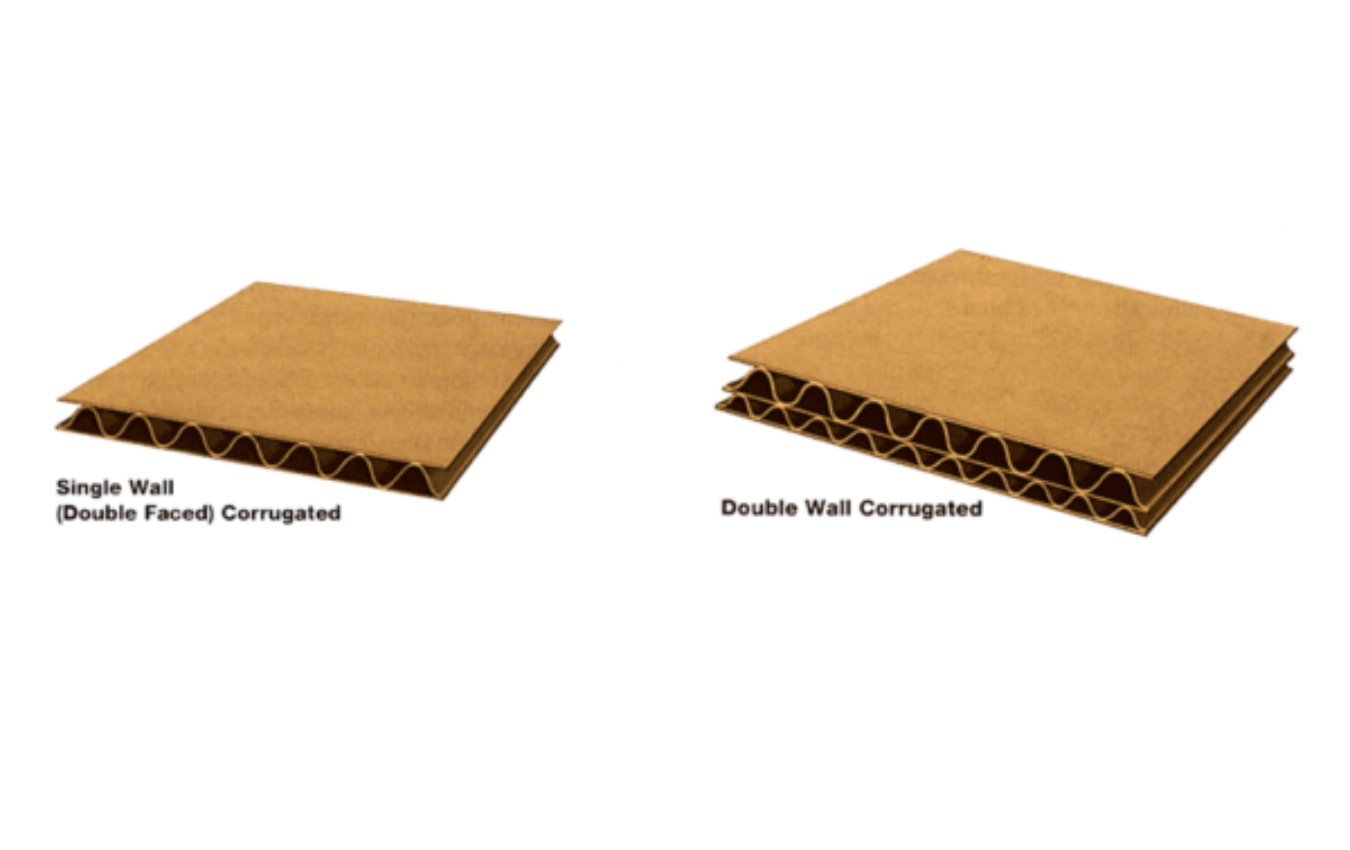
Choosing the Right Option
The choice between single-wall and double-wall boxes ultimately depends on your specific product and shipping requirements. Here are some factors to consider:
- Product Weight: If your products are heavy or fragile, double-wall boxes provide the necessary protection. For lighter and less delicate items, single-wall boxes may suffice.
- Shipping Distance: For long-distance shipping or international transport, double-wall boxes can offer added security against rough handling and stacking.
- Budget: Consider your budget constraints. Single-wall boxes are more cost-effective, which can be an advantage for businesses looking to reduce packaging expenses.
- Environmental Impact: Think about your commitment to sustainability. Single-wall boxes, being lighter, may have a lower carbon footprint in terms of shipping, while double-wall boxes are sturdier and reusable.
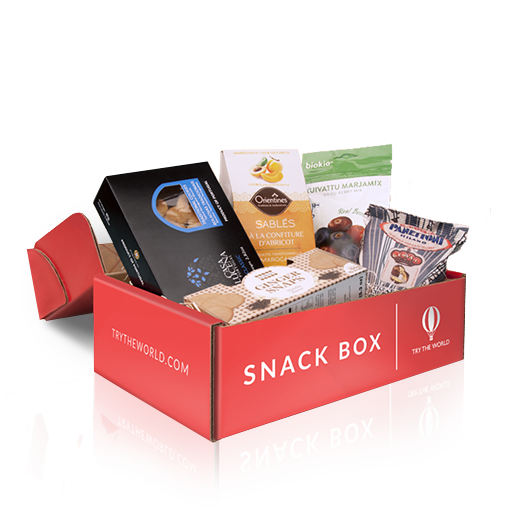

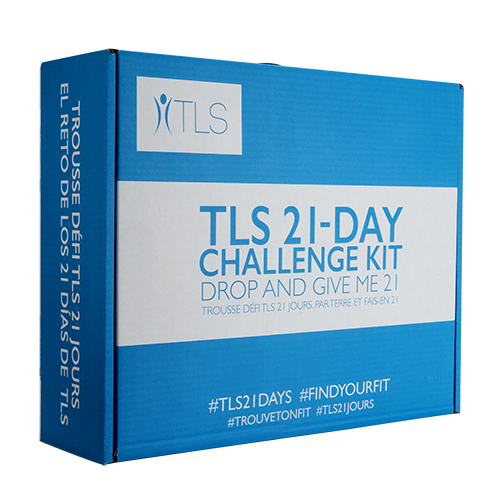
Conclusion
Choosing between single-wall and double-wall boxes depends on your specific packaging needs, product characteristics, and budget considerations. Single-wall boxes are cost-effective and versatile, suitable for lightweight products. Double-wall boxes offer enhanced protection and durability, making them ideal for heavy or fragile items. Assess your unique requirements and make an informed choice to ensure your products are well-protected during transit and storage while staying within your budget constraints.
If you are interested in roll end tuck end boxes, then partner with Brown Packaging today to get started.
As tariff changes reshape global trade, packaging buyers moving production from China to the U.S. or nearshore regions face a new challenge: supplier qualification. Transitioning
With new tariff proposals and continued trade uncertainty, 2026 is shaping up to be another pivotal year for packaging sourcing strategy. Many companies that shifted
Following multiple rounds of tariff changes and trade policy adjustments, 2026 marks a turning point for U.S. packaging buyers. Many who previously transitioned from China
Shifting packaging production from China to the U.S. can help stabilize costs, reduce tariff exposure, and shorten lead times. But the transition process requires careful
RSC boxes are known for their efficiency and versatility, but their performance ultimately comes down to strength. Buyers often see numbers like ECT, BCT, and
In packaging, foam isn’t just about initial protection — it’s about maintaining performance over the entire shipping or storage cycle. Compression set and recovery characteristics
Home » Double or Single Wall for Boxes: Making the Right Choice

Choosing corrugated boxes for packaging needs is a decision that offers unparalleled benefits in terms of protection, sustainability, and cost-effectiveness. These boxes stand out for

Corrugated boxes are more than mere containers; they’re the culmination of engineering, design, and environmental consideration. This advanced guide delves into the nuances of corrugated
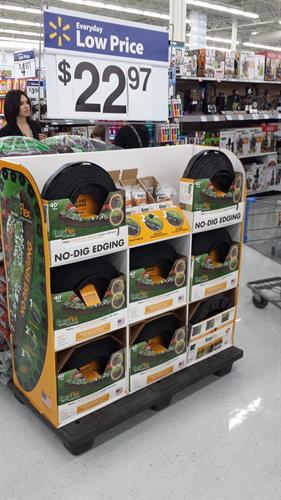
POP displays must balance eye-catching branding with structural integrity. Inadequate load-bearing design can result in product sagging, leaning, or complete collapse, which not only risks


